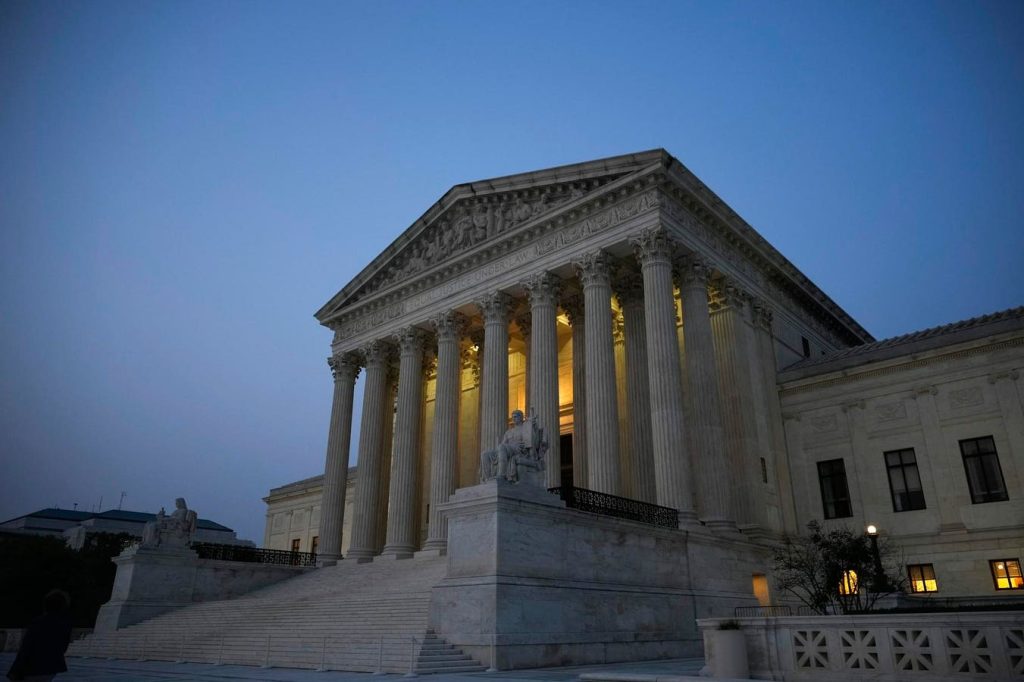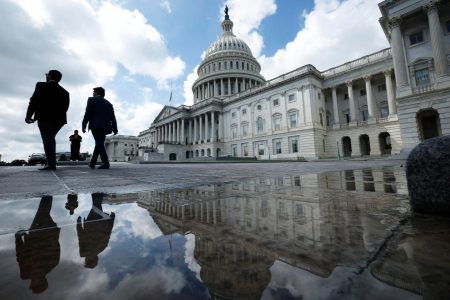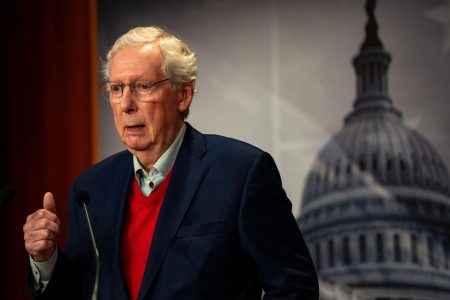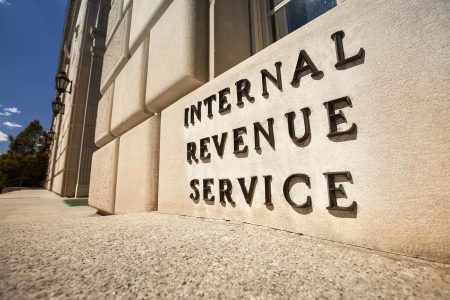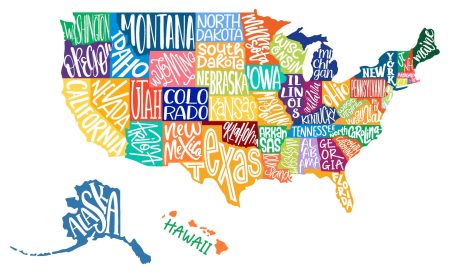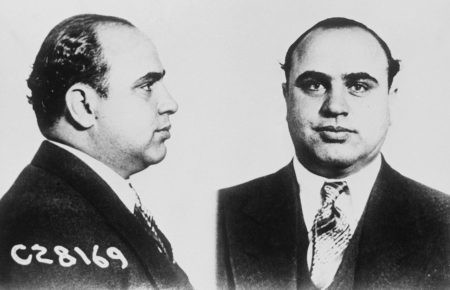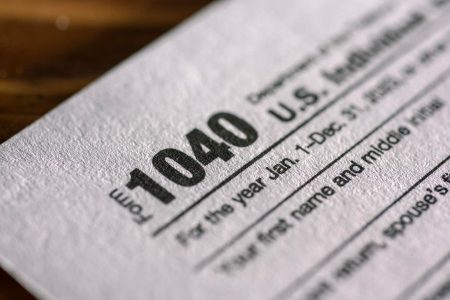Two Supreme Court decisions released within days of each other in late June and early July are likely to usher in a new wave of litigation and reshape the way that tax regulations and guidance are challenged. The full ramifications will require more wrangling in the lower courts over questions like the limits of an express delegation of authority from Congress and the application of the Court’s analysis to the Anti-Injunction Act.
In Loper Bright Enterprises v. Raimondo, Dkt. No. 22-451 (June 28, 2024), the Court ruled 6 to 3 to overturn the deference to agency interpretations of ambiguous statutes established in Chevron USA Inc. v. Natural Resources Defense Council Inc., 467 U.S. 837 (1984).
The majority opinion said that Chevron’s fatal flaw was that neither it nor subsequent cases reconciled with the Administrative Procedure Act, adding that “the ‘law of deference’ that this Court has built on the foundation laid in Chevron has instead been ‘[h]eedless of the original design’ of the APA.” Chevron deference also conflicts with the foundational principle laid out in Marbury v. Madison, which the Court explained was codified in the APA: “That courts decide legal questions by applying their own judgment.” The result is that the courts are back to deciding the best reading of a contested statute, rather than whether the agency’s interpretation is permissible.
The majority opinion acknowledges that the courts must respect congressional grants of discretionary authority to agencies but says they are still empowered to “independently identify” such grants, “police the outer statutory boundaries of those delegations, and ensure that agencies exercise their discretion consistent with the APA.” The opinion also appears to allow a more deferential posture toward agency applications of law to facts.
“There is a difference between doctrinal change and reality on the ground,” said Kristin Hickman of the University of Minnesota Law School. The Supreme Court has long been moving toward a more aggressive application of traditional tools of statutory interpretation to discern statutory meaning at Chevron step one, Hickman said. Although doctrinally the decision is a big shift that will alter how litigants draft briefs, the effect on litigation outcomes remains to be seen and may not be quite so dramatic, she said.
“Outside of a few marginal cases where Treasury and the IRS are pushing the boundaries of statutory meaning, I am skeptical that the result will be a dramatic rejection of a wide range of Treasury and the IRS’s interpretations of the code,” Hickman said. However, the Loper Bright decision generates uncertainty, and uncertainty breeds litigation, she noted.
The July 1 decision in Corner Post Inc. v. Federal Reserve, Dkt. No. 22-1008 (July 1, 2024), may have an even bigger impact on tax rules. In Corner Post, the Court held that the six-year statute of limitations in 28 U.S.C. section 2401 began to run when the plaintiff suffered an injury whereby they could satisfy one of the limitations on judicial review such as standing or finality, rather than when the final rule at issue was promulgated. The AIA prevents preenforcement judicial review, so if the statute of limitations ran from the date of promulgation, the six-year statute under section 2401 may have run before anyone satisfied the AIA’s requirements to bring a challenge.
“Although Corner Post doesn’t talk about the Anti-Injunction Act, the way it reads section 2401 has implications for the AIA as well as standing and finality,” Hickman said. She said that the decision is likely to have greater implications for agencies that face preenforcement litigation than in the tax context. “There is a question whether Corner Post extends to the AIA, but looking at the precise reasoning of the Court in interpreting the language of section 2401, it seems apparent that they will apply the same reasoning in evaluating the relationship between section 2401 and the AIA that they did with respect to the relationship between section 2401 and the APA,” Hickman said.
The result is that APA-based challenges to tax regulations likely won’t be affected by the limitation period in section 2401 until the requirements of the AIA have been satisfied. Hickman noted that the government has invoked section 2401 to cut off judicial review of APA-based procedural challenges to regulations.
Burying the ‘Fiction’ of Chevron
In rejecting Chevron, the majority wrote that “in truth, Chevron’s justifying presumption is, as Members of this Court have often recognized, a fiction.”
Justice Neil M. Gorsuch, reiterating that idea in his concurrence, wrote that “as even its most ardent defenders have conceded, Chevron deference rests upon a ‘fictionalized statement of legislative desire,’ namely, a judicial supposition that Congress implicitly wishes judges to defer to executive agencies’ interpretations of the law even when it has said nothing of the kind.”
The majority opinion noted cases in which the Court had pared back the scope of Chevron, including United States v. Mead Corp., 533 U.S. 218 (2001). That decision explained that Chevron applies only when it appears that Congress delegated authority to the agency generally to make rules carrying the force of law and the agency interpretation was promulgated in the exercise of that authority. Delineating express delegations might not be too difficult for courts — most of the existing ones in the tax code are relatively clear — but express grants of authority may become a more standard feature of laws following Loper Bright.
“We have a lot of express delegations of rulemaking power in the Internal Revenue Code,” Hickman noted. The lower courts may have to determine how many Treasury and IRS interpretations of the tax laws qualify as express delegations that are eligible for review under the arbitrary and capricious standard. “There is no question that in Loper Bright, the Supreme Court signaled that it wants the lower courts to be more comprehensive in evaluating agency interpretations of statutes,” Hickman said. The carveout for express delegations of authority might blunt some of the tax impact, depending on whether courts focus more on that or on the opinion’s emphasis on fuller judicial review of agency interpretation of statutes.
Refocusing on the APA
The majority opinion parsed the APA extensively, emphasizing that the statute does not differentiate between ambiguous and clear laws. “It prescribes no deferential standard for courts to employ in answering those legal questions,” the Court explained. “That omission is telling, because Section 706 does mandate that judicial review of agency policymaking and factfinding be deferential.” The renewed focus on the APA may have begun before Loper Bright, but the decision reinforces the statutory regime’s importance.
Loper Bright also gives Congress renewed marching orders. The majority cited the writings of the framers in The Federalist three times, including for the notion that “‘[a]ll new laws, though penned with the greatest technical skill, and passed on the fullest and most mature deliberation,’ would be ‘more or less obscure and equivocal, until their meaning’ was settled ‘by a series of particular discussions and adjudications.’” The first premise is sometimes inaccurate as applied to the way Congress works today, because legislative deliberation — to say nothing of “the fullest and most mature deliberation” — might not happen at all, particularly for laws passed via reconciliation. Congress may not be inspired to change its deliberative practices in response to the Court’s admonition, but it will likely be prompted to include more express delegations of authority to Treasury and the IRS.
Skidmore
In addition to reinforcing the requirements of the APA, the majority revived the importance of Skidmore v. Swift and Co., 323 U.S. 134 (1944), and its discussion of “respect” for agency interpretations. Skidmore was handed down a few days before the Battle of the Bulge began in World War II, so there is plenty of subsequent history interpreting that precedent. Chevron, by contrast, arrived decades later in 1984.
The opinion in Skidmore explained that the “rulings, interpretations, and opinions” of the agency, “while not controlling upon the courts by reason of their authority, do constitute a body of experience and informed judgment to which courts and litigants may properly resort for guidance.” The weight of the agency’s interpretation under Skidmore depends on “the thoroughness evident in its consideration, the validity of its reasoning, its consistency with earlier and later pronouncements, and all those factors which give it power to persuade, if lacking power to control.” In other words, if the interpretation is persuasive to the court because it is well reasoned, careful, and consistent, the court can accept it.
The Skidmore Court framed respect for agency interpretations — as opposed to deference — in the negative, writing that “the fact that the Administrator’s policies and standards are not reached by trial in adversary form does not mean that they are not entitled to respect.”
In her dissent, Justice Elena Kagan warned that the reversion to Skidmore invited uncertainty. It may become another question for the courts to determine, because whether Skidmore represents a form of deference or something else remains unresolved. “If the majority thinks that the same judges who argue today about where ‘ambiguity’ resides . . . are not going to argue tomorrow about what ‘respect’ requires, I fear it will be gravely disappointed,” she wrote.
What’s Vulnerable
Justice Ketanji Brown Jackson’s dissent in Corner Post similarly warned that the effect of the holding combined with Loper Bright would be a “tsunami” of litigation: “Allowing every new commercial entity to bring fresh facial challenges to long-existing regulations is profoundly destabilizing for both Government and businesses.” Some of the first tax areas likely to be affected include the Bipartisan Budget Act’s partnership audit regime and subchapter K, as well as conservation easements, said Kathy Pakenham of Vinson & Elkins LLP.
She predicted that areas in tax law where regulations have expanded over time without amendment to the underlying statute will receive the initial focus. A week after Loper Bright was released, Tribune Media Co. asked the Seventh Circuit to examine Treasury’s assertion of its authority to promulgate the partnership antiabuse rule in reg. section 1.701-2. (Related coverage: p. 579.)
Pakenham noted that the decisions in Loper Bright and Corner Post continue a strong trend among the Court’s majority in applying a strict constructionist reading to the law. That is important for cases like Liberty Global Inc. v. United States, in which the application of the economic substance doctrine is disputed, she said. “These decisions will make Congress’s job and Treasury’s job harder in terms of drafting statutes and regulations,” Pakenham said. The regulatory process will likely slow as Treasury retrenches and figures out how to proceed, she added.
It’s possible that Congress will eventually take Jackson’s suggestion:
“Amend section 2401(a), or enact a specific review provision for APA claims, to state explicitly what any such rule must mean if it is to operate as a limitations period in this context: Regulated entities have six years from the date of the agency action to bring a lawsuit seeking to have it changed or invalidated; after that, facial challenges must end.”
But that might not be at the top of Congress’s agenda this year, which means the safe bet is on litigation that seeks more clearly defined contours of Loper Bright and an answer to the question of how Corner Post affects the AIA.
Read the full article here



